EL PAIS. COM —DEL 09 FEBBRAIO 2018
https://elpais.com/elpais/2018/02/09/album/1518193349_017751.html#foto_gal_1
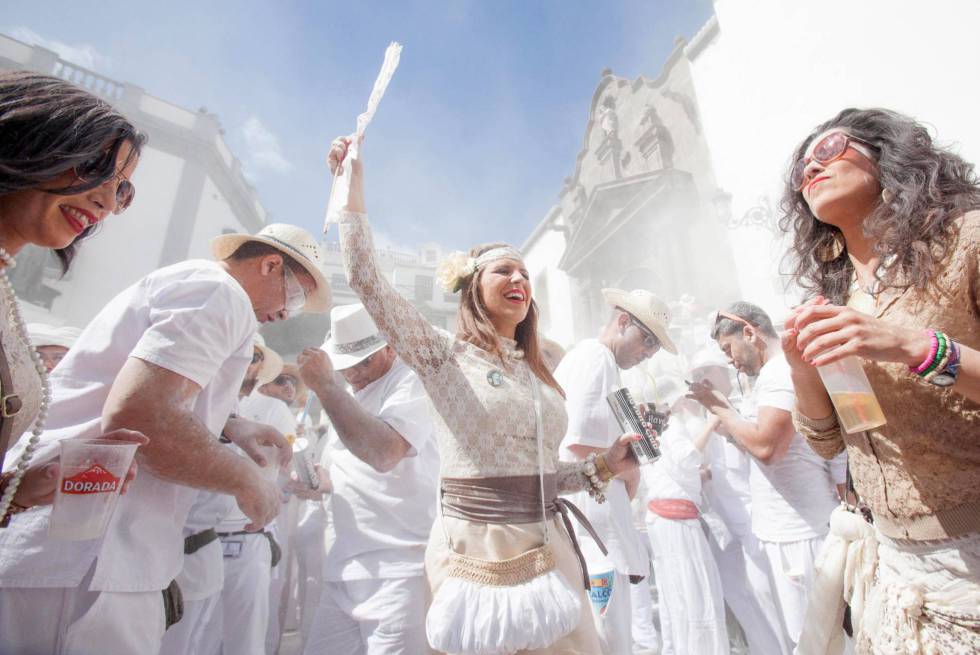
12 fotos
The top 12 carnivals in Spain
From the Canary Islands to the northern Basque Country, these ancient celebrations are unique in various ways
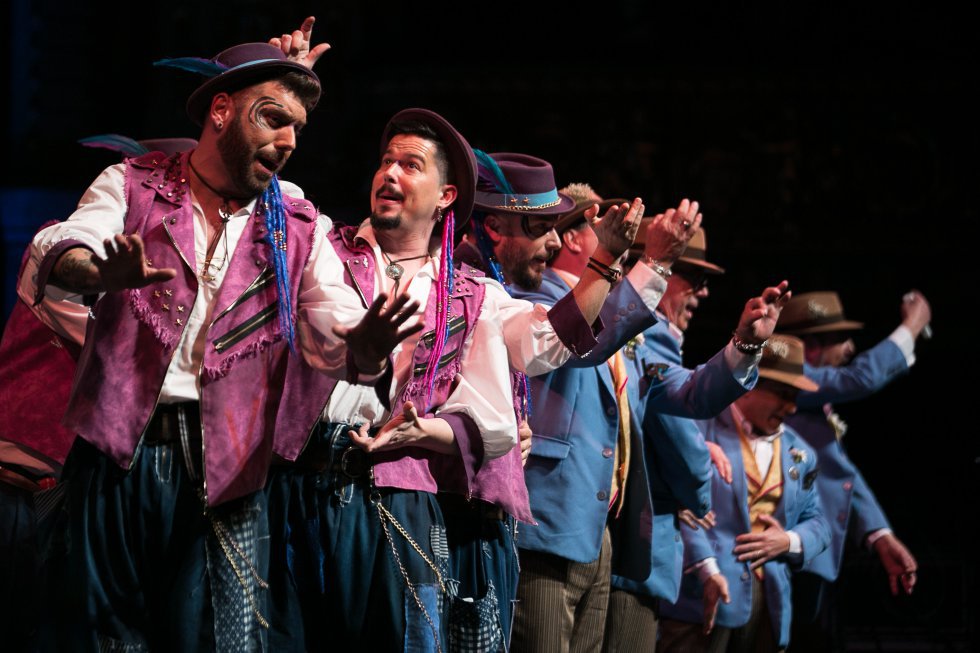
CADIZ. This is possibly the most famous and most crowded carnival in Spain (February 8 to 18) due to the festive spirit that permeates the entire city. Besides the parades and costumes, there are the unique singing groups known as comparsas and chirigotas who compete for prizes at the Gran Teatro Falla with irony-laced songs.ALBERTO GARCÍA
-

2Zalduondo (Álava). Once extinct, this Basque carnival was restored in 1975. The main character is a doll named Markitos who gets walked around town on Sunday, and represents the sins of the village. As such, Markitos is burned at the stake to wash everybody’s sins.JUAN CARLOS MUÑOZ -

3Sitges (Barcelona). This carnival attracts busloads of tourists. Special food treats to start off the celebration include the “coca de chicharrones” and “tortilla de butifarra de huevo.” This is followed by a bed race and all manner of parades until a sardine gets buried, marking the end of the carnival, which runs from February 8 to 14.OSCAR GARRIGA 12. SITGES (BARCELONA)
-
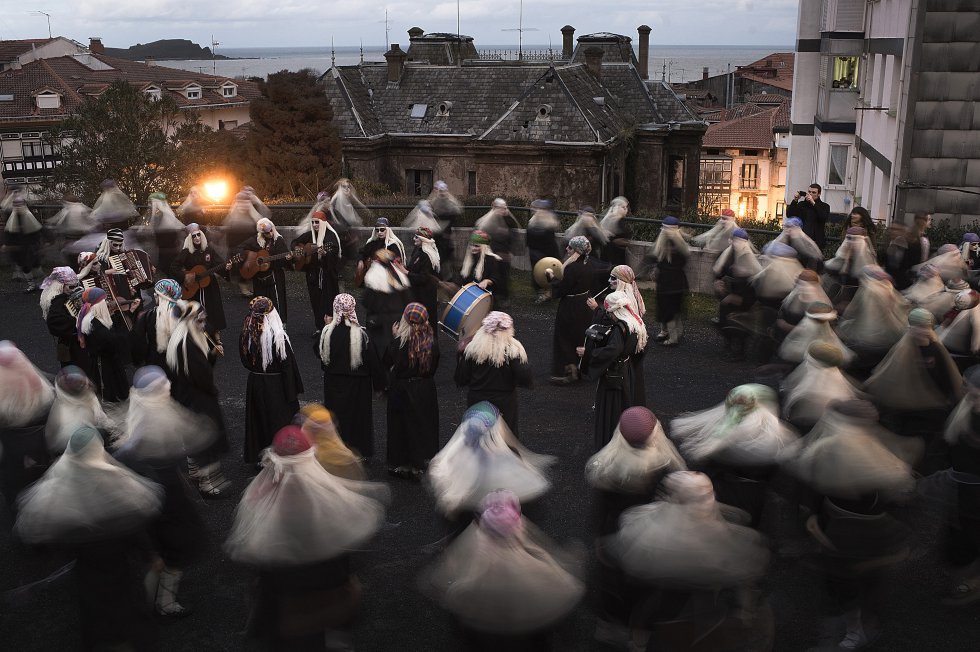
4Mundaka (Bizkaia). On February 11, this Basque town otherwise known for its surf competition holds a carnival filled with tradition and myth. The men (‘atorrak’) and women (‘lamiak’) participate separately: the former go out in the morning wearing white, while the latter parade in the evening wearing black clothing and white wigs. Violins, guitars, accordions and tambourines are played; ditties are sung about the major events that took place in the village over the last year.VINCENT WEST -

5Maceda (Ourense). At the Maceda carnival (February 9 to 13), men hide behind masks called ‘felos,’ and wearing them is a symbol of authority. In past times these individuals would run after residents, grab them by the neck and demand that they hand over some change. These days they only jump around.RODOLFO CONTRERAS -
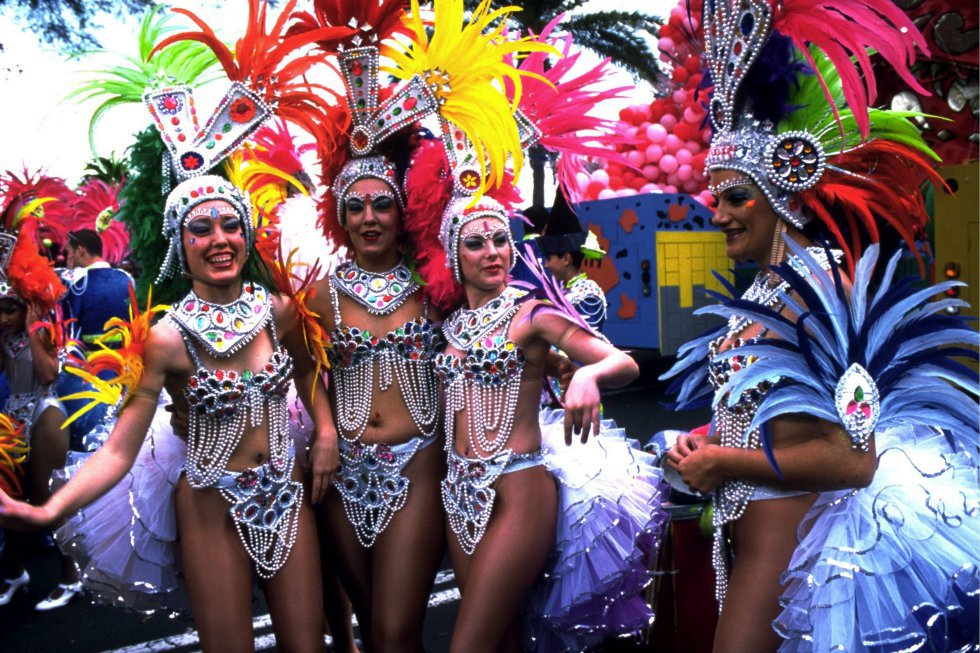
6Santa Cruz de Tenerife. They say that there are no better murgas (carnival street band) than the ones in Santa Cruz de Tenerife. The magic of this festival is best felt in the streets of the historical center. The celebrations kick off on February 12.MCPHOTO 11. SANTA CRUZ DE TENERIFE
-

7Bielsa (Huesca). The carnival of Bielsa, in the heart of the Pyrenees, (February 9 through 11) has been faithful to tradition for centuries. It is atypical because rather than laughter, it seeks to provoke fear through unusual characters like the ‘trangas,’ who look like devils and carry long sticks as they shake their cowbells in search for ‘madamas,’ who wear light-colored dresses and colorful ribbons. And then there is the Amontato, an elderly woman who is ridden by a man, or Cornelio, a doll that gets sacrificed.JORGE FERNÁNDEZ -
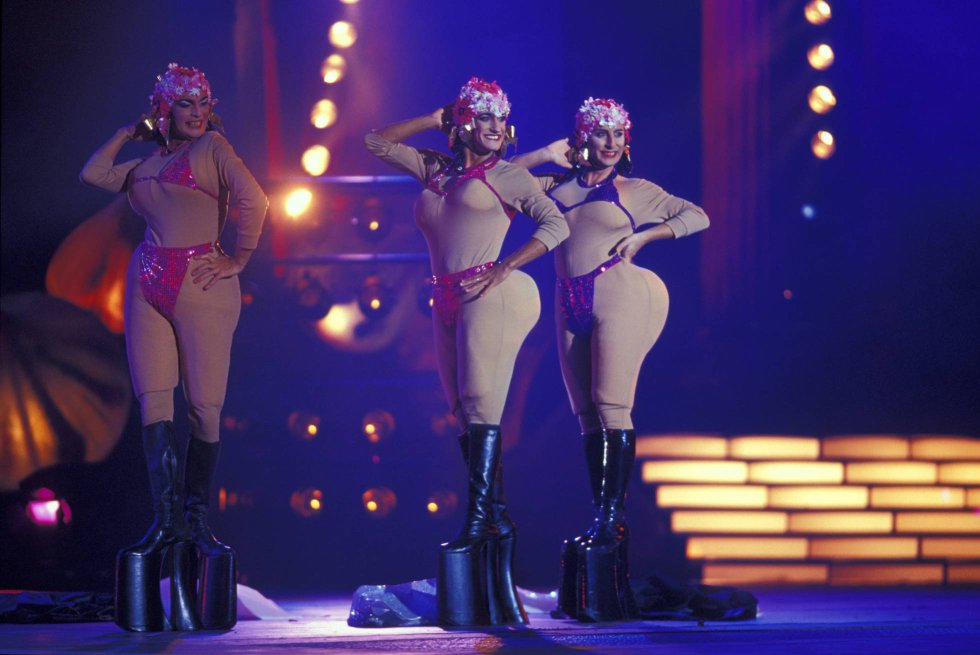
8Las Palmas de Gran Canaria. This is the closest thing to Rio de Janeiro. Everything is placed on hold in Las Palmas during carnival, when music, parades and costumes take over the city. A popular event is the Gala Drag. Last year, the winner was a ‘drag queen’ dressed like the Virgin Mary who danced to music by Madonna and Lady Gaga.JUERGEN RICHTER 10. LAS PALMAS DE GRAN CANARIA -
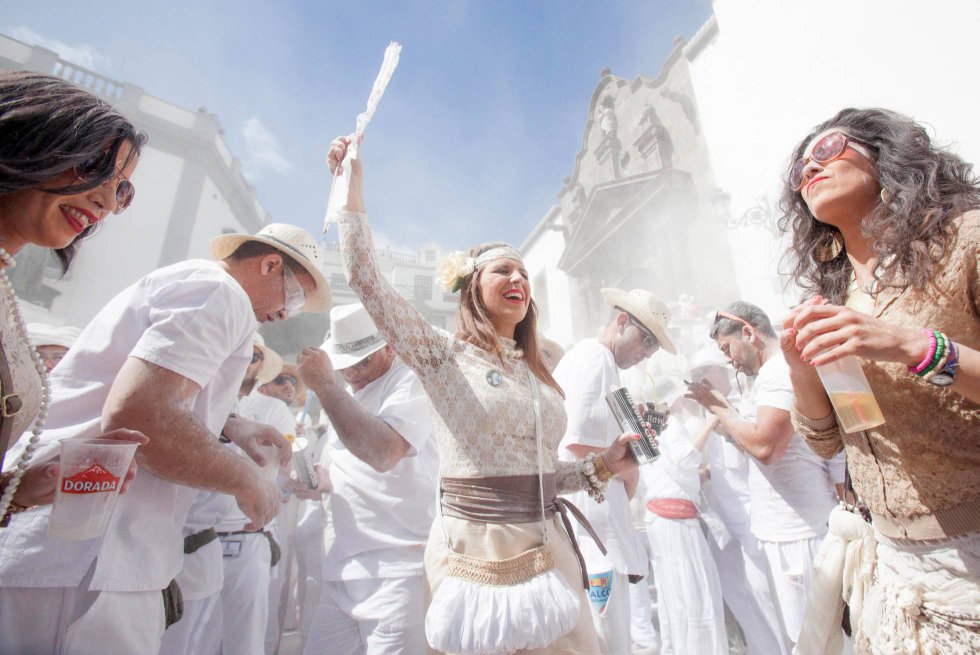
9Santa Cruz de La Palma (Canary Islands). This is one of the oldest and most traditional carnivals on the Canary Islands. It commemorates the return of the “indianos,” the local residents who emigrated to the Americas and came home after making a fortune. The locals wear white and use props such as cigars, caged parrots and wooden chests. The whole thing takes place to the rhythm of Caribbean music, and a recurring character is La Negra Tomasa, who is always played by an elderly resident of La Palma.DESIREE MARTÍN 4. SANTA CRUZ DE LA PALMA (CANARY ISLANDS)
-
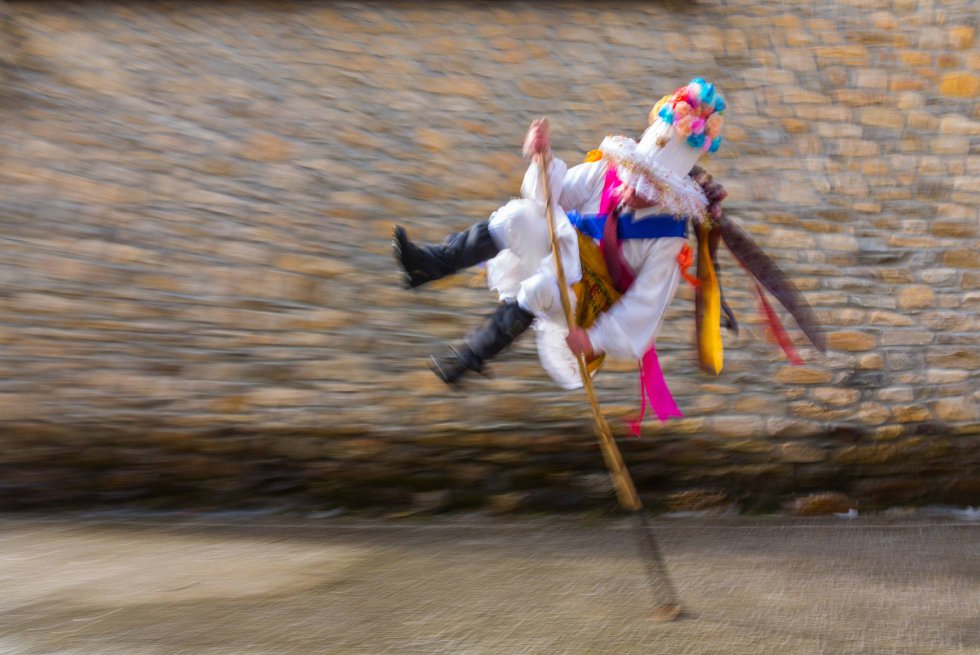
10Valle de Polaciones (Cantabria). One of the northernmost areas in the northern region of Cantabria has a celebration known as Carnaval de los Zamarrones. Otherwise isolated villages will come to life on February 17 as street parades take hold of Cotillos, Salceda, Santa Eulalia, Belmonte, San Mamés, Pejanda (pictured above), Tresabuela, Lombraña, Puente Pumar, Uznayo and finally La Laguna, after which point people will scatter to the nearby bars. The showiest character in the parade is the white-clad Zamarrón, a man dressed in white linen, silk ribbons and a flower-studded hat.JUAN CARLOS MUÑOZ -
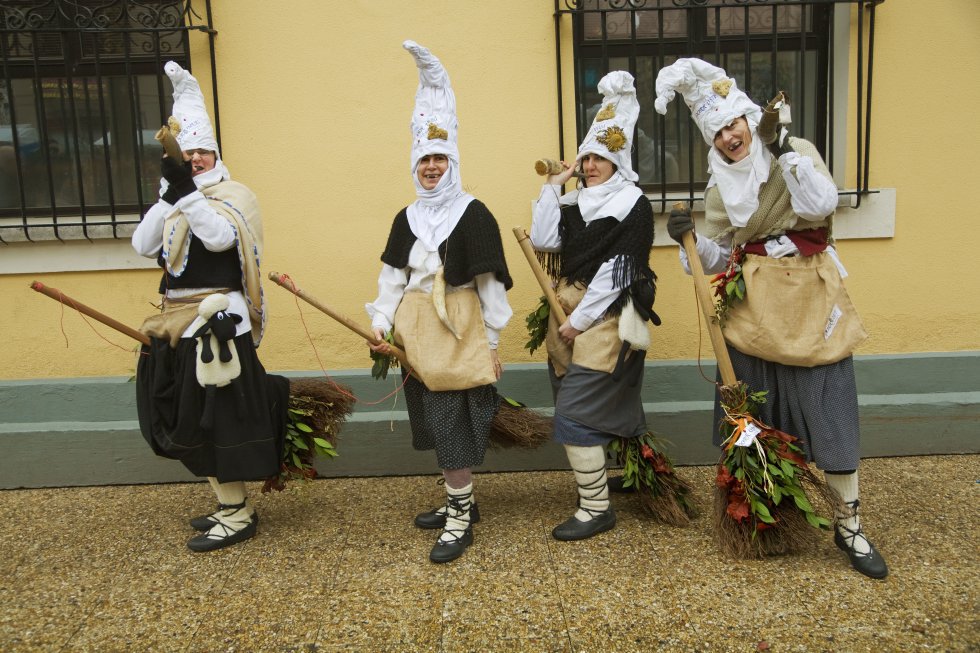
11Tolosa (Gipuzkoa). This is the most popular festival in the Basque Country, and it runs from February 8 through 13. On Saturday there was a tamborrada (parade featuring drum players) and on Sunday, locals came out of their homes wearing pajamas and slippers. The party will continue this week with music and more parades.GONZALO AZUMENDI -
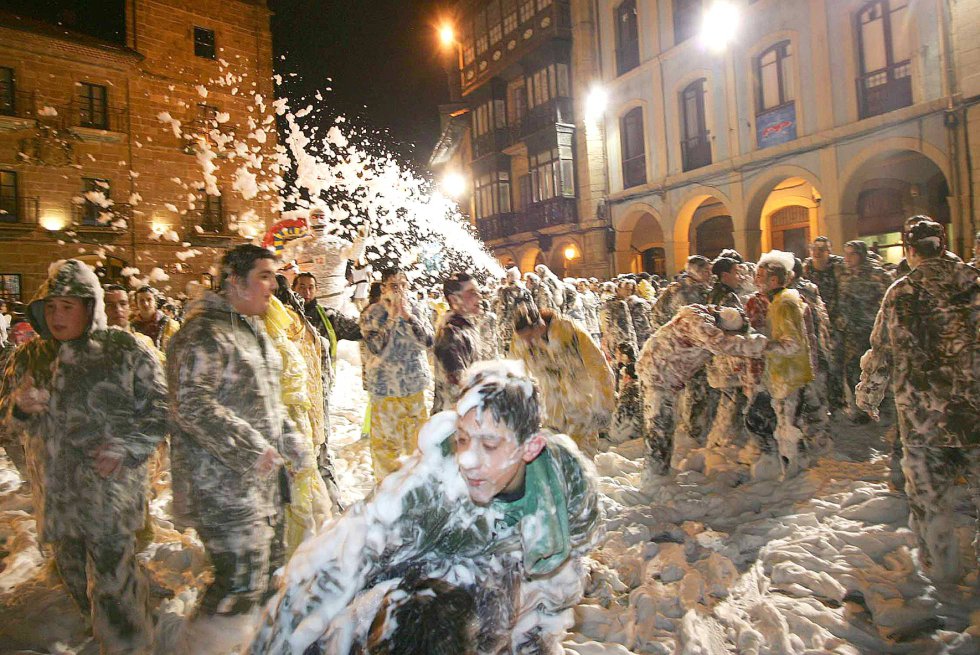
12Avilés (Asturias). The carnival is known as Antroxu and the main day was February 10, when locals held an event called the International Descent of Galiana Street (pictured). In this event, the street is filled with foam and homemade “boats” slide down in a race to see which is the best.
Condividi

